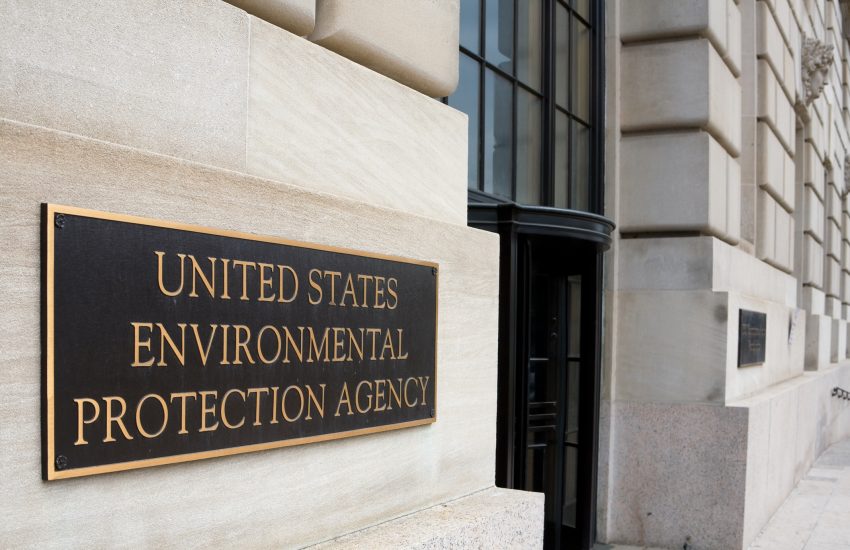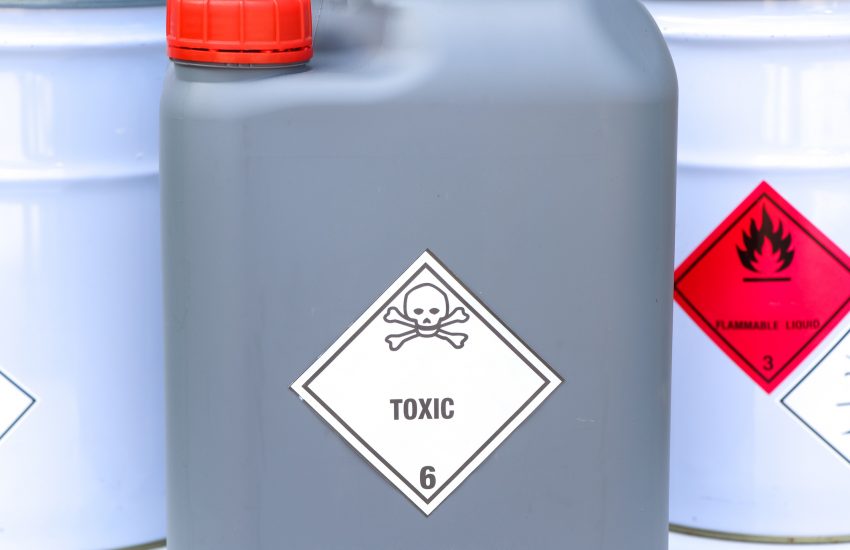The EPA announced Monday the availability of $2 billion from the Bipartisan Infrastructure Law to address emerging contaminants such as Per- and Polyfluoroalkyl Substances (PFAS) in drinking water across the country. This investment, allocated to states and territories, will be made available to communities as grants through EPA’s Emerging Contaminants in Small or Disadvantaged Communities (EC-SDC) Grant Program and will “promote access to safe and clean water in small, rural, and disadvantaged communities while supporting local economies.”
“These grants build on EPA’s PFAS Strategic Roadmap and will …
Continue Reading








